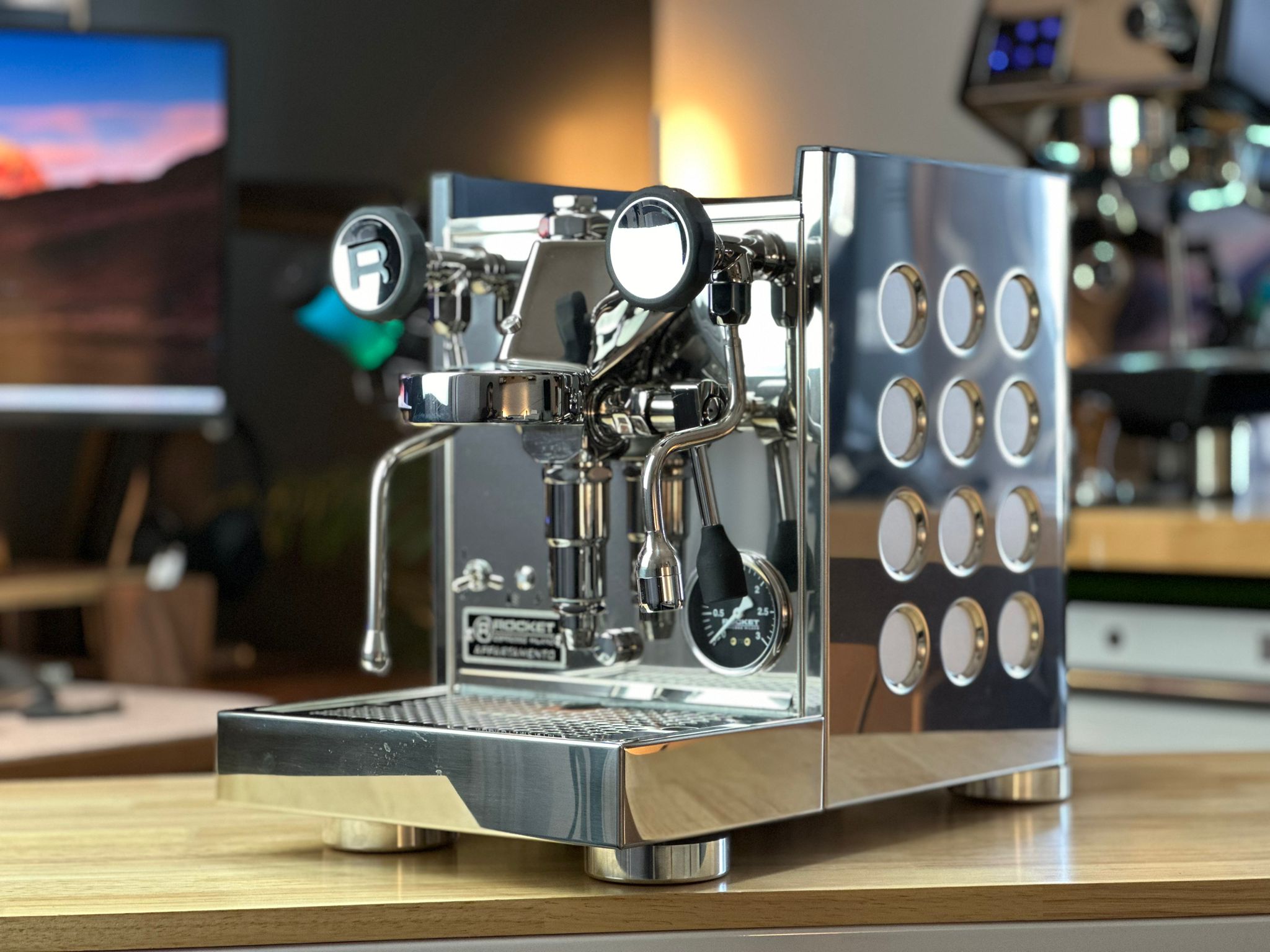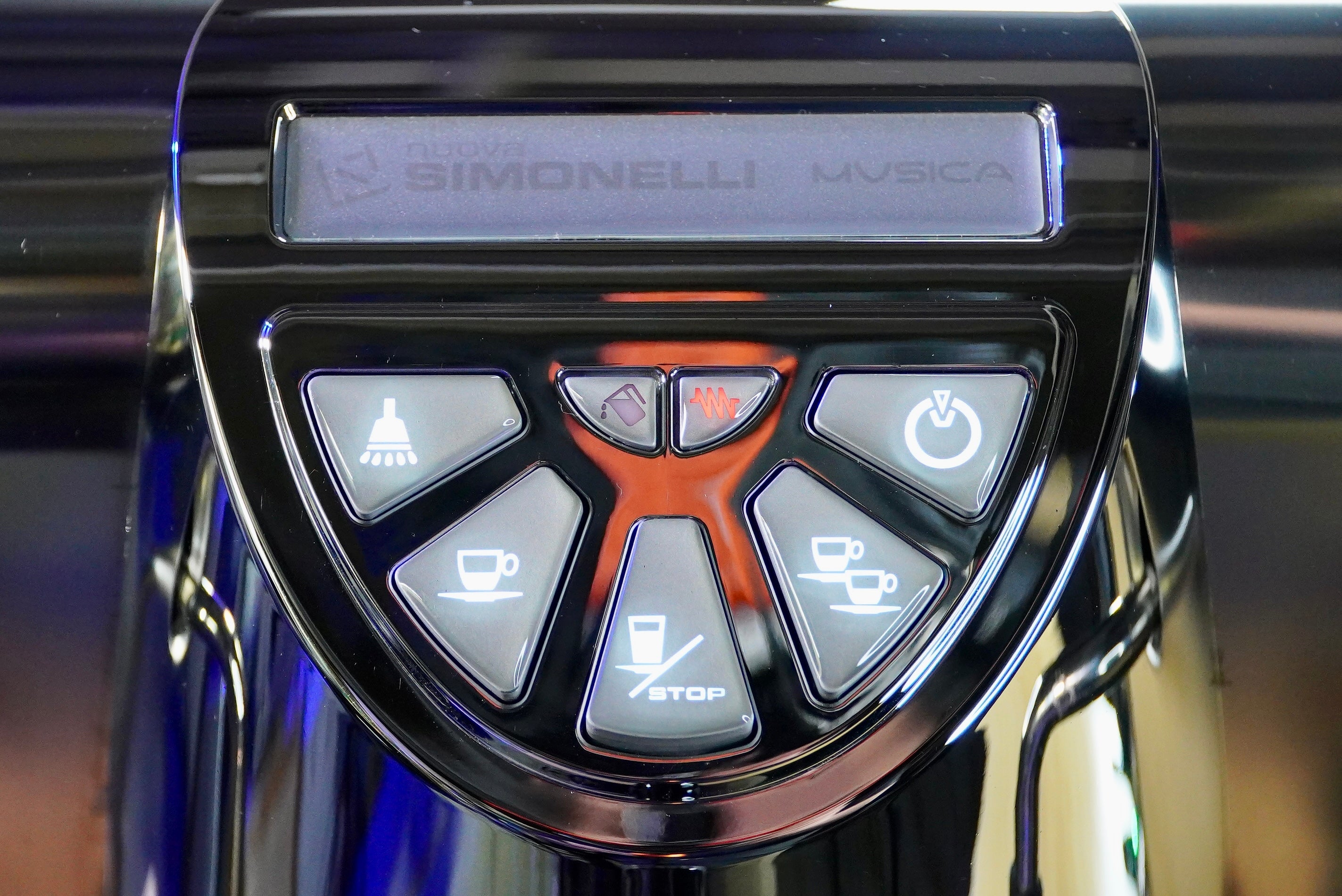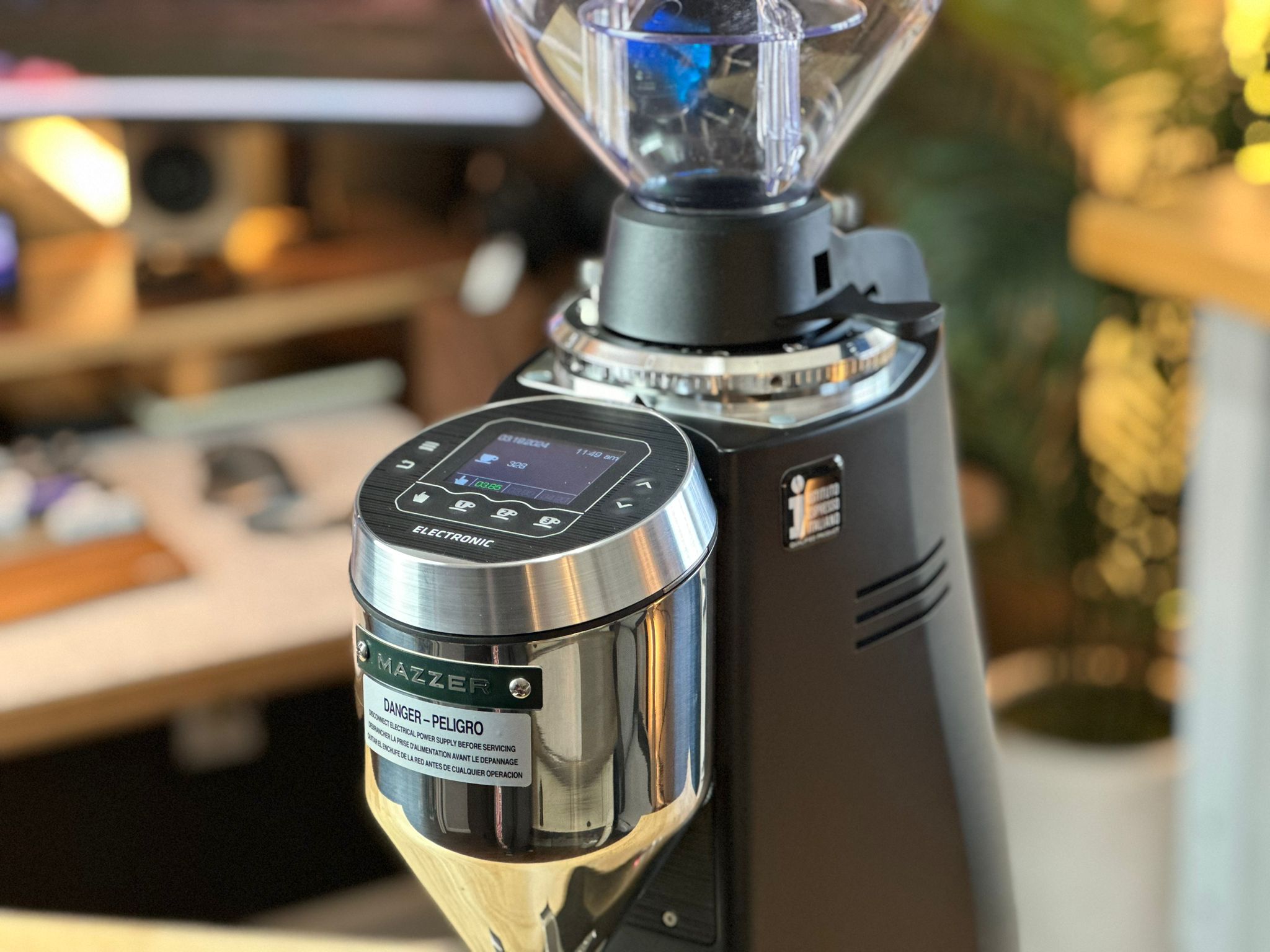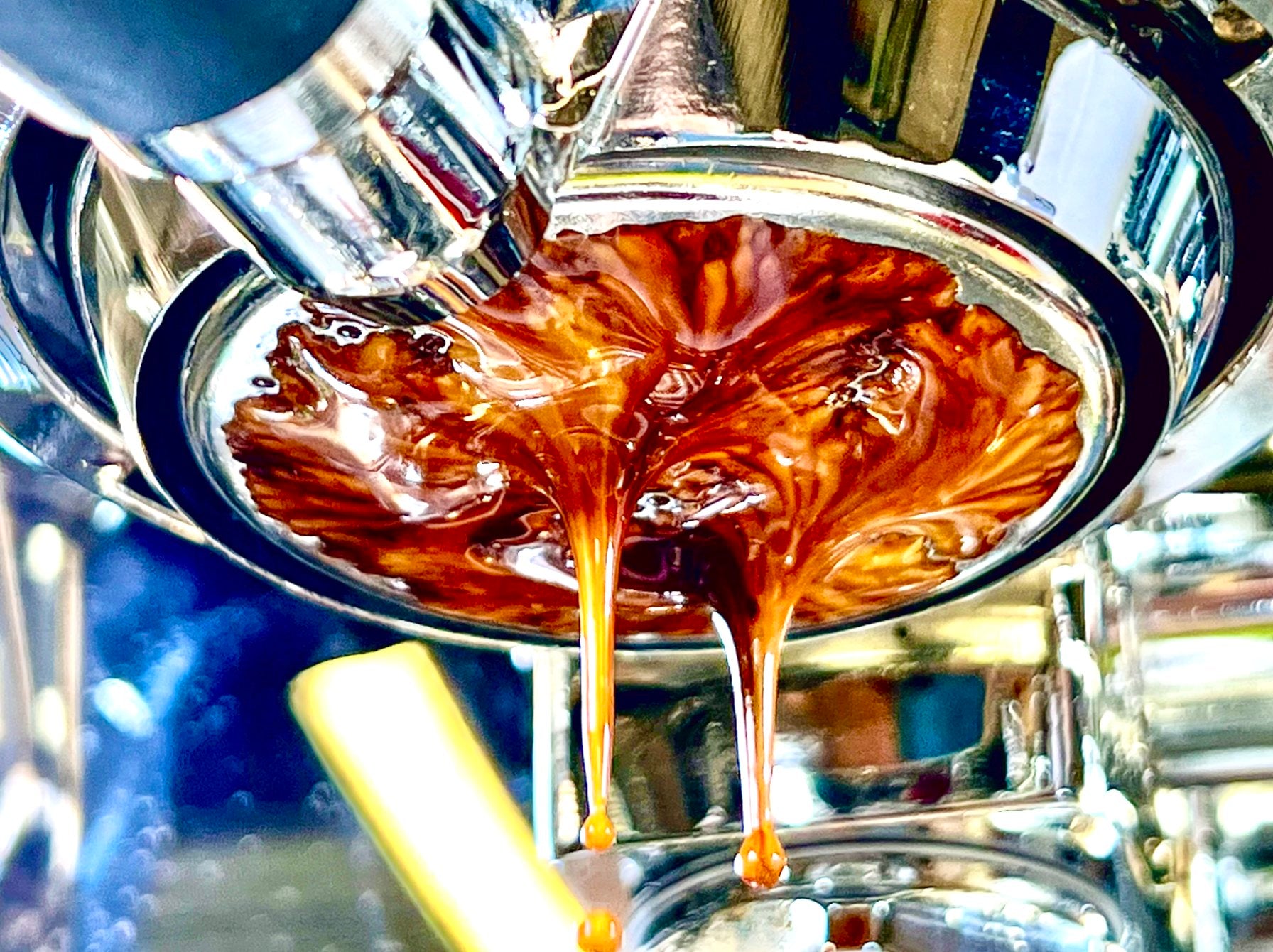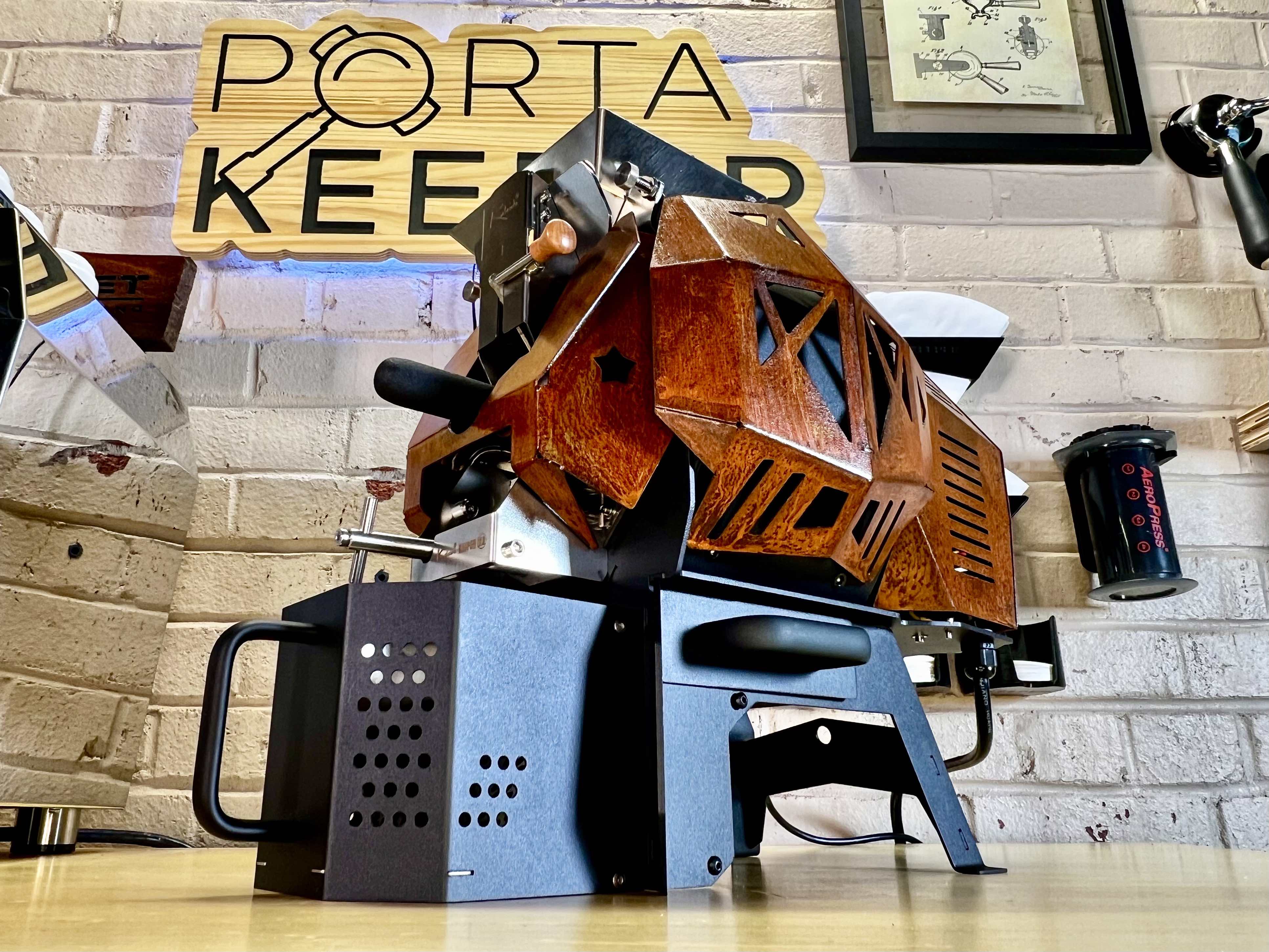History of the Invention of the Coffee Grinder
Coffee grinders have come a long way from the earliest manual methods of grinding beans, evolving into sophisticated electronic devices that have become essential for coffee lovers. This history spans from early mechanical innovations to modern electronic coffee grinders that offer precision and convenience. Below is a detailed look at the development of electronic coffee grinders, tracing their roots and evolution.
1. Early Beginnings: Manual Coffee Grinding
Before the advent of electronic coffee grinders, grinding coffee was a manual process. The earliest known coffee grinders were mortar and pestle combinations used in the Middle East around the 15th century, likely coinciding with the rise of coffeehouses in the Ottoman Empire. Later, in the 17th century, more structured mills were created in Europe, with hand-cranked grinders becoming commonplace in the 18th and 19th centuries.
These grinders were mechanical, consisting of a hopper to hold the beans and a set of metal burrs or blades that were turned by a crank. The principle behind the manual coffee grinder laid the groundwork for the electronic versions that would follow.
2. Industrial Revolution and Mechanization
The Industrial Revolution in the 19th century brought mechanization to coffee grinding. Factories producing coffee grinders flourished in Europe and the United States. Peugeot, a French company known today for its automobiles, started making coffee mills in 1840. Their design, a hand-crank model with burrs, became the standard for manual grinders.
As electricity became more widely available in the late 19th and early 20th centuries, inventors began experimenting with applying it to home appliances. The electric motor, patented in the 1830s, would become the key to transitioning manual grinders to powered devices.
3. Early Electric Coffee Grinders
The earliest electric coffee grinders were developed in the early 1900s, spurred by the increased accessibility of electric power. In 1913, Hobart Manufacturing Company—better known for its kitchen appliances—introduced the first electric coffee grinder for commercial use. These grinders were bulky and industrial, designed for use in restaurants and coffeehouses rather than in homes.
Home use of electric coffee grinders didn’t become common until the mid-20th century. In the 1930s and 1940s, companies such as Sunbeam and General Electric began to manufacture smaller, more consumer-friendly electric grinders.
4. Burr vs. Blade Grinders: A Technological Shift
There are two primary types of electronic coffee grinders: blade grinders and burr grinders. The difference lies in the method of grinding the coffee beans.
-
Blade Grinders: These grinders use a rapidly spinning blade to chop the coffee beans into smaller pieces. The first mass-produced electric grinders were blade grinders, which were simpler and cheaper to produce. However, they had the disadvantage of producing inconsistent particle sizes, leading to uneven extraction and sometimes bitter coffee. Blade grinders first became popular in the 1950s and 1960s as electric appliances became more common in households.
-
Burr Grinders: Burr grinders, on the other hand, use two revolving surfaces (burrs) to crush the beans into uniform particle sizes. Burr grinders offer more consistent results, and they became the preferred choice for coffee aficionados as they became more affordable. The first electric burr grinders for home use appeared in the 1960s and 1970s. Companies like Krups and Braun introduced early models that allowed for finer control over grind size.
5. The Rise of Precision and Automation (1980s - 2000s)
By the 1980s and 1990s, advancements in materials, design, and electronics enabled the development of more precise and automated coffee grinders. Coffee culture was also undergoing a revolution during this time, with a growing emphasis on the quality of beans and the method of preparation, driven by movements like the rise of espresso culture and the "third wave" coffee movement.
High-end coffee equipment brands such as Mazzer and Baratza introduced grinders with stepless grind adjustment, digital timers, and conical or flat burrs made from durable materials like stainless steel or ceramic. These innovations allowed for finer control over the grind, catering to espresso aficionados and home baristas alike.
In commercial settings, grinders like the Mazzer Super Jolly became industry standards in cafes for their durability and ability to handle high volumes of grinding. At the same time, smaller countertop burr grinders such as the Baratza Encore emerged for home use, with features like grind size adjustment, easy maintenance, and consistent performance.
6. Modern Innovations: Smart Grinders and Sustainability (2010s - Present)
The 2010s brought a wave of smart technology into the coffee grinding market. The latest generation of electronic coffee grinders features digital interfaces, programmable settings, and smart integration with other coffee-making equipment. Some high-end grinders can now be controlled via smartphone apps or integrated into automated espresso machines.
Smart Grinders: Modern grinders from brands like Breville and Baratza incorporate digital controls, allowing users to preset grind times, customize grind sizes, and even save specific settings for different types of coffee brewing methods, from French press to espresso.
Sustainability and Efficiency: Another modern trend is a focus on sustainability and efficiency. Some companies are now producing grinders with more energy-efficient motors and recyclable materials, as well as designs that minimize waste. There has also been an increased focus on designing grinders that are quieter, addressing a common complaint about earlier models.
7. The Future of Electronic Coffee Grinders
As the demand for better coffee experiences grows, the future of electronic coffee grinders seems poised for further innovation. Ongoing developments in artificial intelligence and machine learning may lead to even more advanced grinders that can “learn” user preferences and adjust grind settings automatically for the best possible brew. Additionally, as environmental concerns rise, more eco-friendly grinders are likely to emerge, utilizing recycled materials and reducing energy consumption.
The electronic coffee grinder has transformed from a luxury appliance into an essential part of the modern kitchen. Its history mirrors broader technological advancements, showing a path from early mechanical devices to the smart, efficient machines we use today.
References:
- Peugeot History: "A Legacy in Coffee Grinders." Retrieved from Peugeot Saveurs.
- Hobart Manufacturing Company: “100 Years of Innovation.” Hobart Corporation.
- David V., (2020). The Coffee Grinder. Coffee History Journal, 12(2), 45-58.
- Krups Grinder Innovations: "The Evolution of Coffee Grinders." Retrieved from Krups.
- Third Wave Coffee Movement: "A New Wave of Coffee." Retrieved from Third Wave Coffee.




